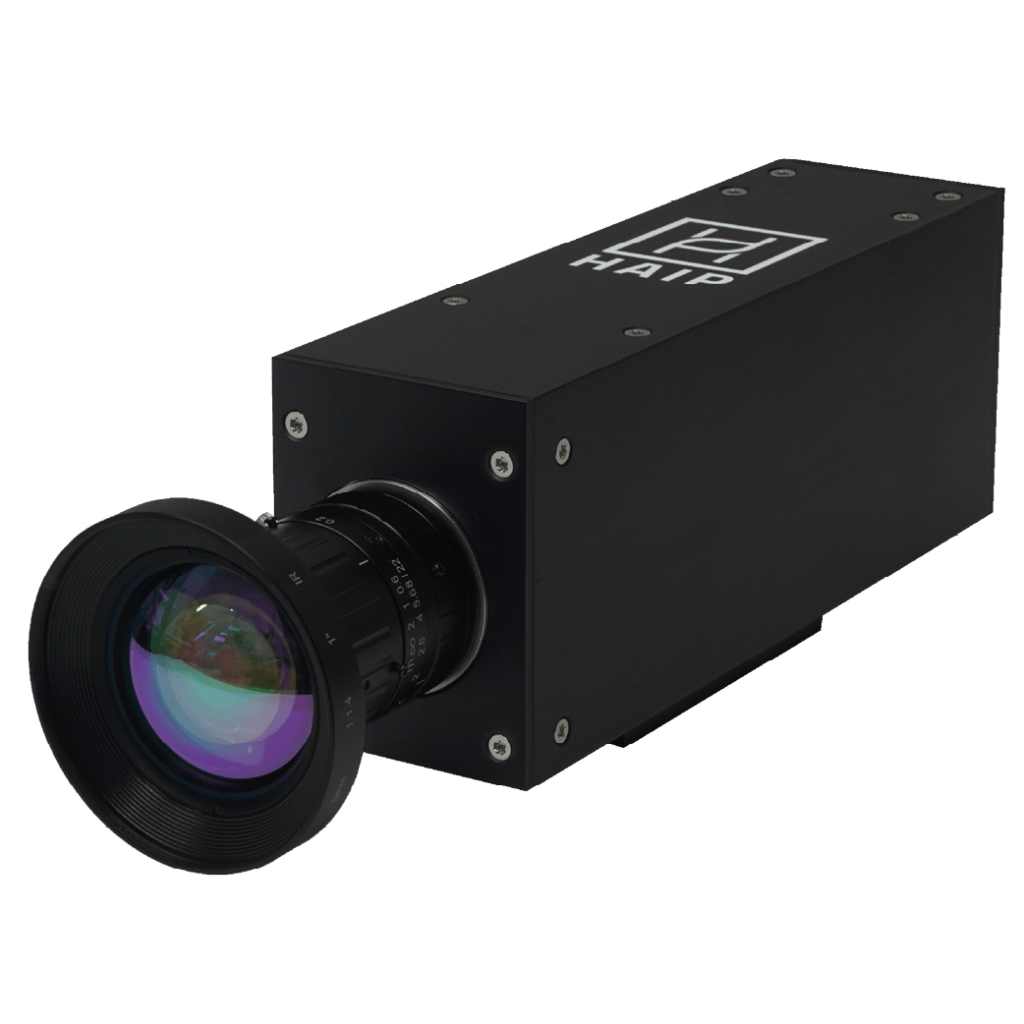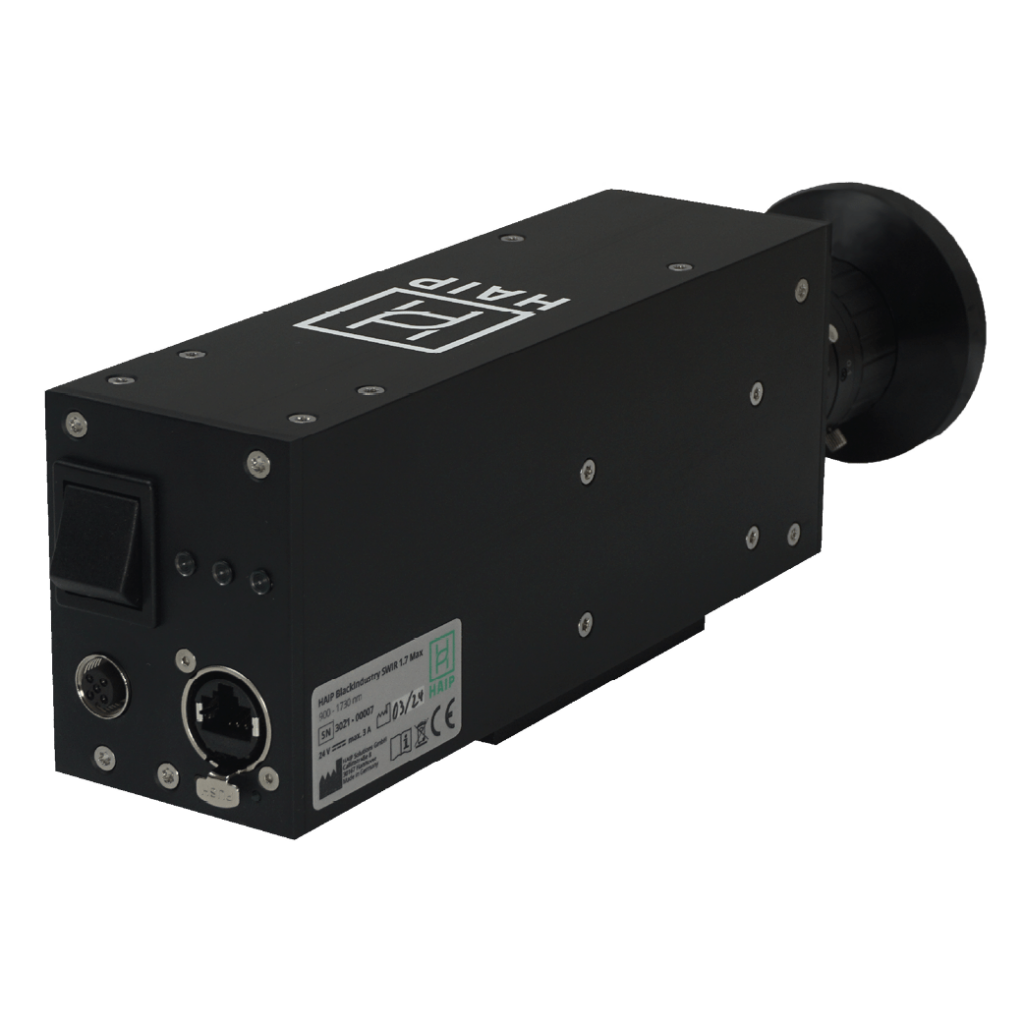Application Note
Recycling
BlackIndustry SWIR 1.7 / Max: Recycling - Plastic Flakes
1. Problem: Plastic Waste
The earth has a massive problem with plastic waste. Over 400 million tons of plastic are produced every year. A large proportion of this ends up directly in landfill sites or in nature. Only 9 % of the world‘s plastic waste gets recycled. Meanwhile, an increasing number of garbage patches are forming in the world‘s oceans. The largest garbage patch is more than four times the size of Germany. The main component of these environmental disasters is plastic – in every shape and size. Only a radical reduction in plastic production and successful recycling can counteract the global problem of plastic waste.
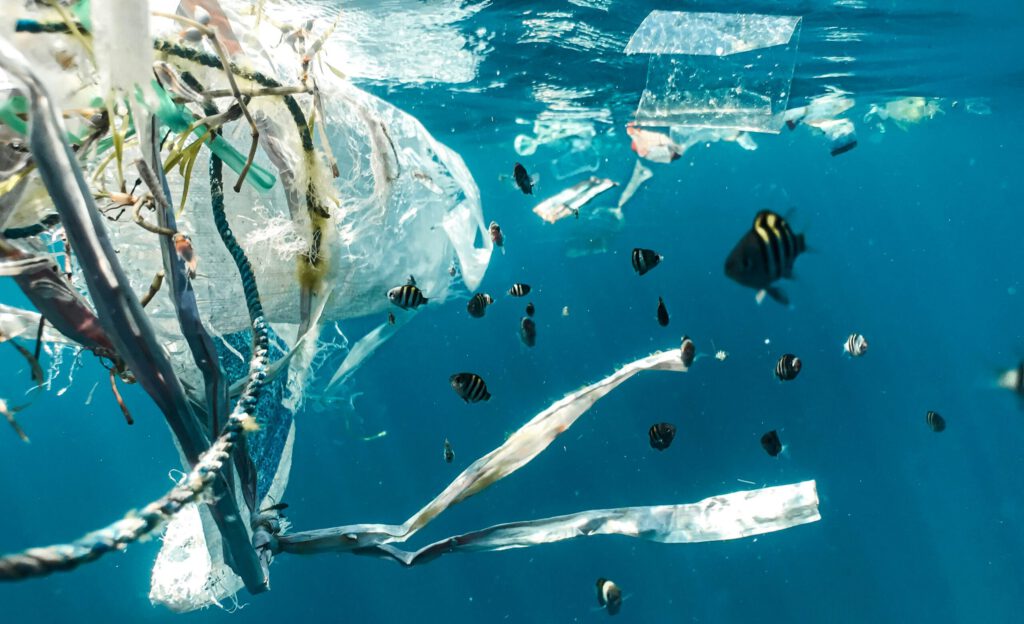
2. Solution: Hyperspectral Imaging
Drinking containers are particularly suitable for recycling as they are mainly made from pure plastic: The bottle is made of PET and the lid is made of PE. PET is one of the only polymers that can maintain a truly circular supply chain. In the recycling process, the plastics are shredded into flakes, which can then be sorted. A mandatory requirement for successful plastic recycling is that the input material must be as pure as possible. This precise sorting can be realized using hyperspectral imaging. Hyperspectral imaging is an opto-electronic technology for the precise measurement of electromagnetic radiation reflected by an object. The intensity of the reflection as a function of the wavelength is displayed in a spectral signature curve. Since each material reflects the incident radiation differently, hyperspectral imaging can differentiate between all kinds of materials such as different plastics.
3. Fact Check: PE vs. PET

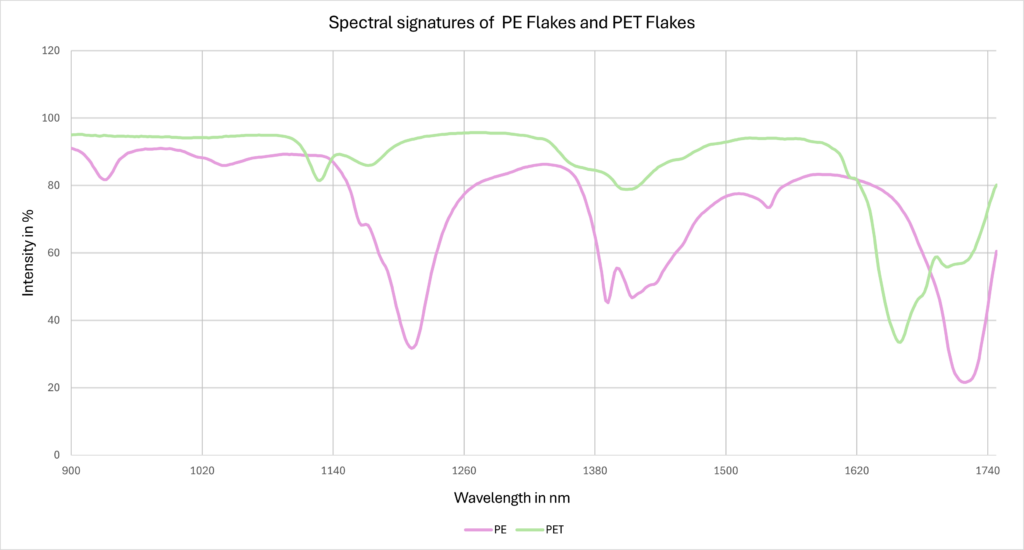
HAIP Solutions BlackIndustry SWIR 1.7 Max is a smart line scanning (push-broom) hyperspectral imaging camera that enables the acquisition of realtime spectral data with very high spatial resolution. The camera provides a spatial resolution of 1280 pixels with up to 425 selectable spectral bands in the wavelength range from 900 nm to 1748 nm.
4. Case Study: Optical Sorting of PE and PET Flakes
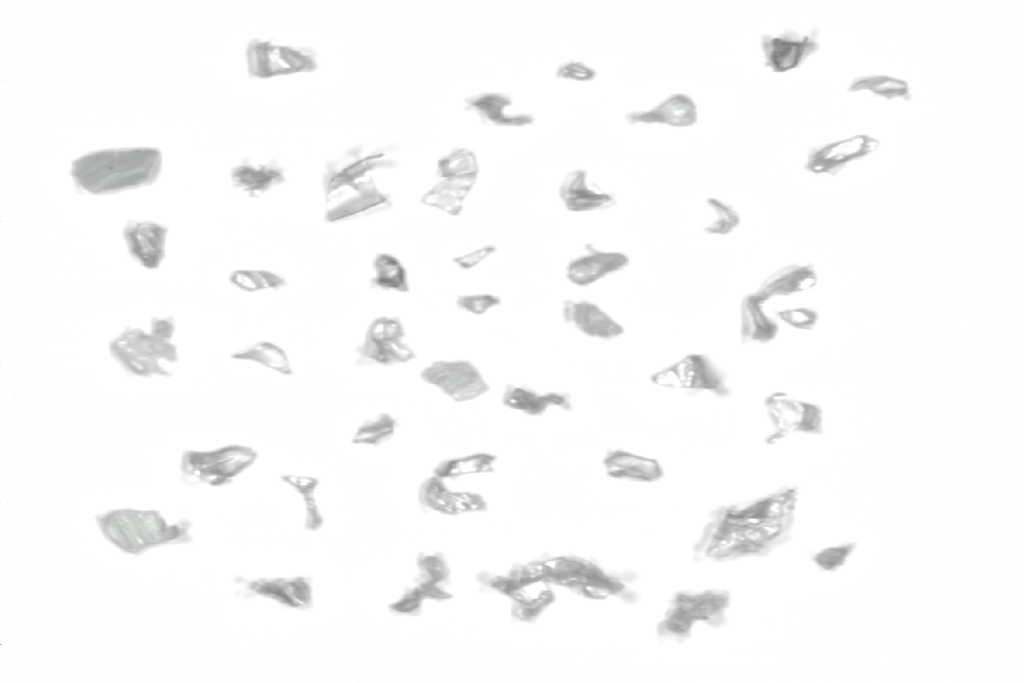
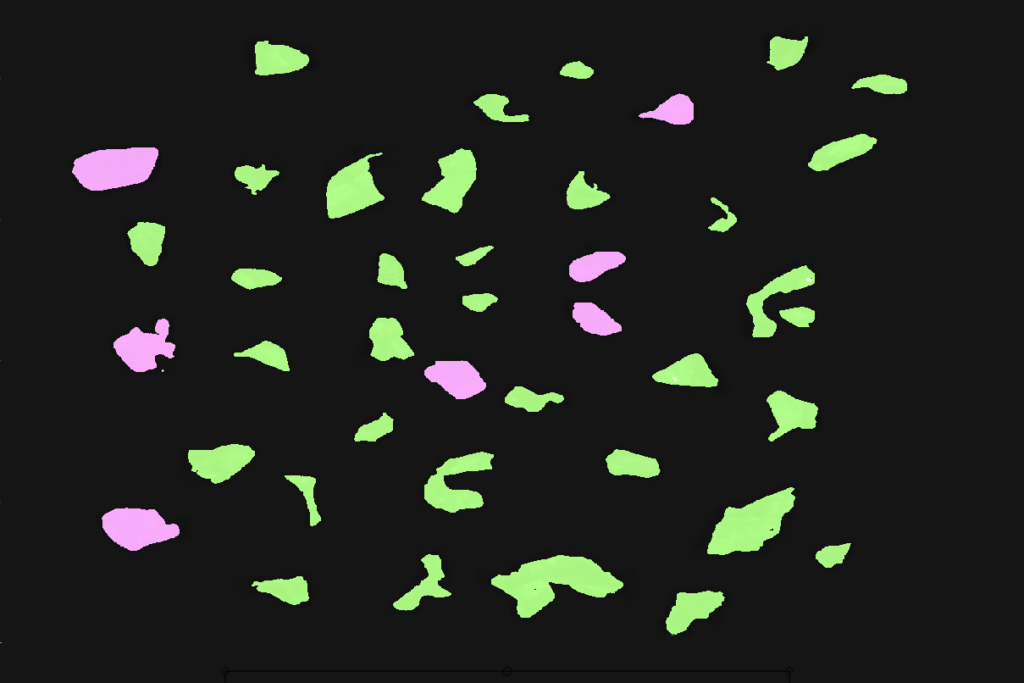
The use of the HAIP BlackIndustry SWIR 1.7 Max camera to differentiate between PE and PET plastic flakes was investigated in a case study. PE flakes and PET flakes were mixed, with the result that they can no longer be distinguished from each other with the human eye. While the mixed samples pass over a conveyor belt, the camera records the spectral signatures of the materials over the entire wavelength range of the sensor from 900 nm to 1748 nm. By using the BlackStudio software, the acquired data can be processed and classified directly, even in real time if desired.
